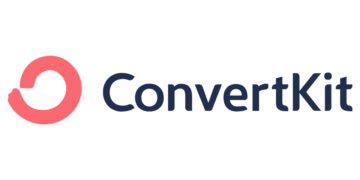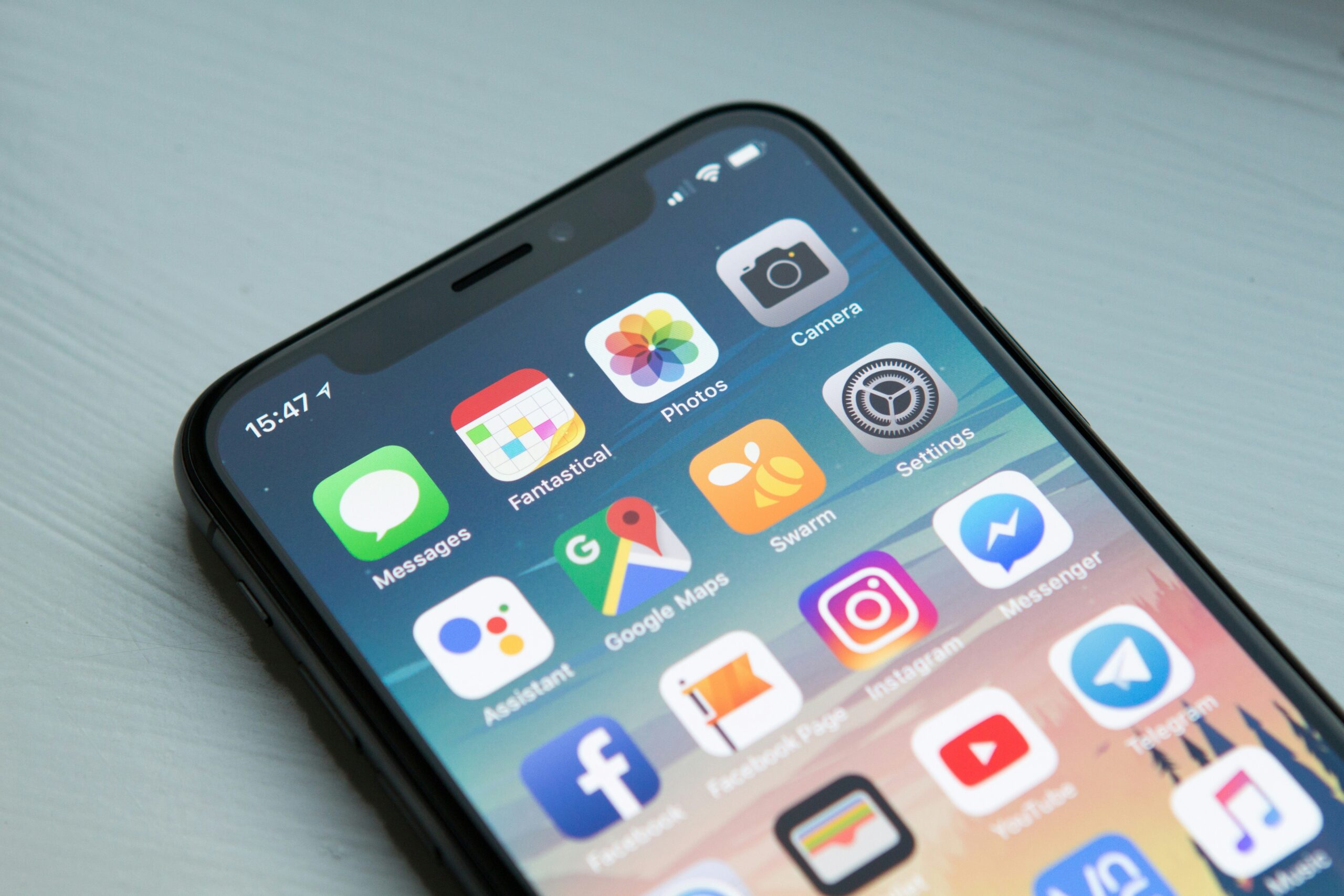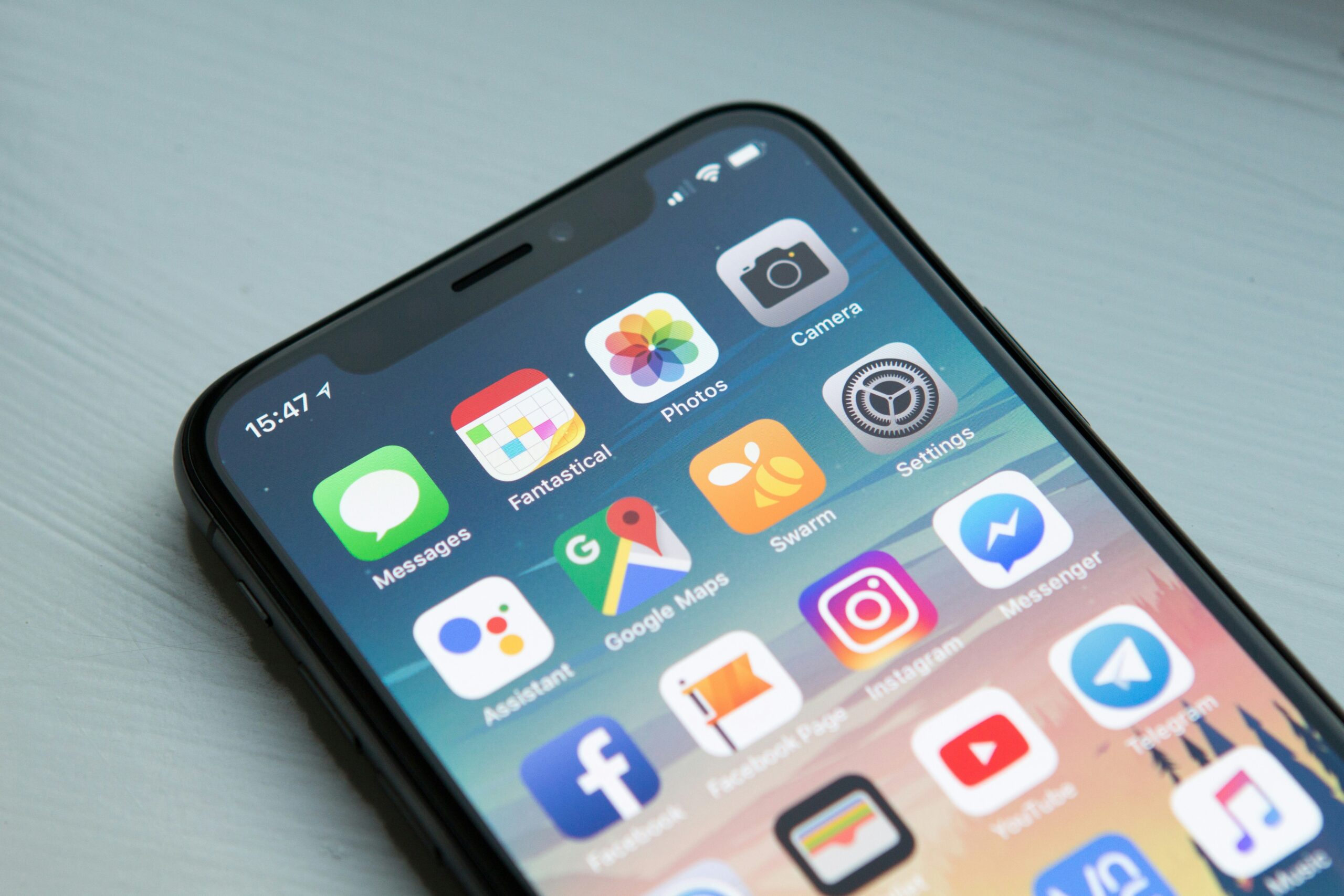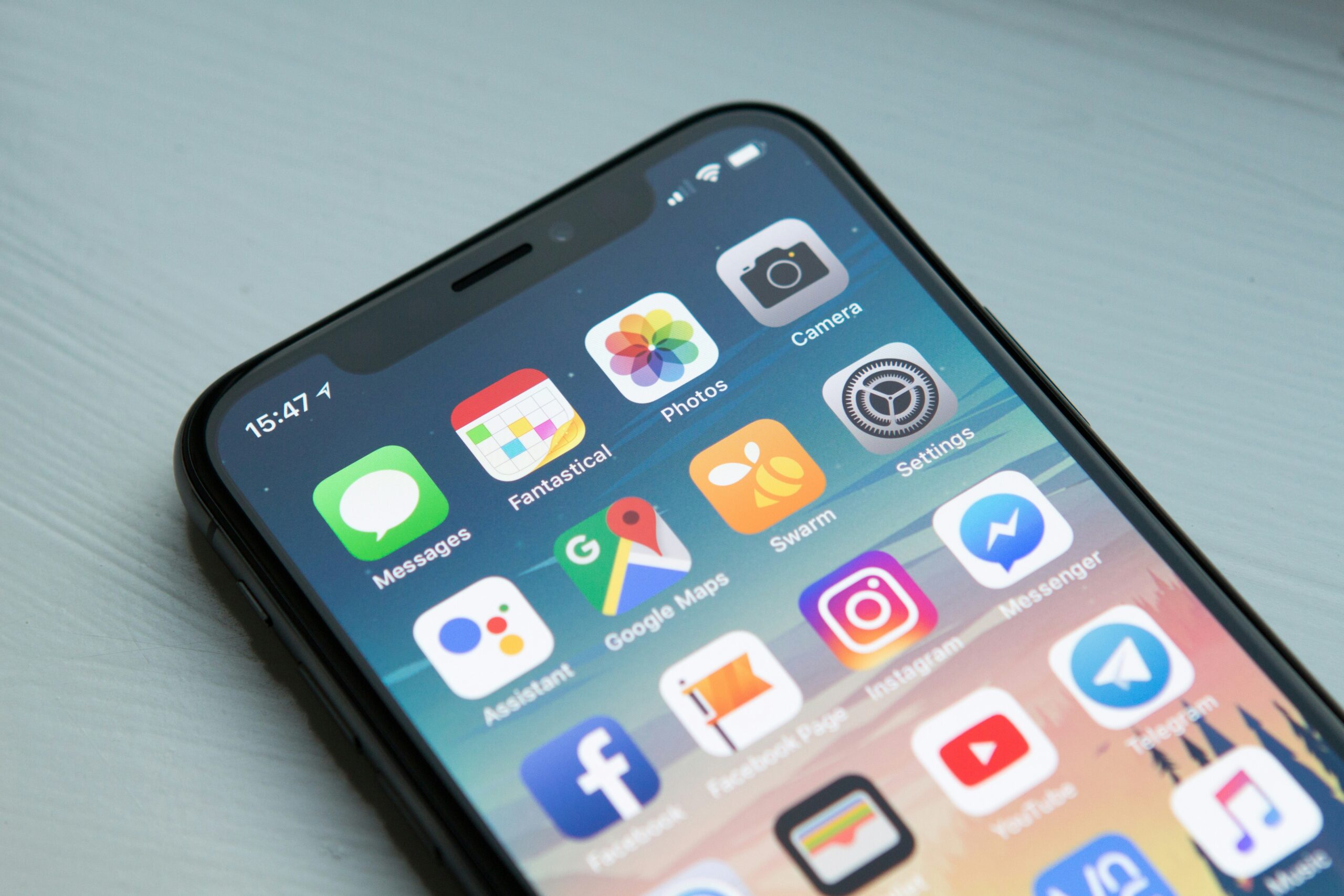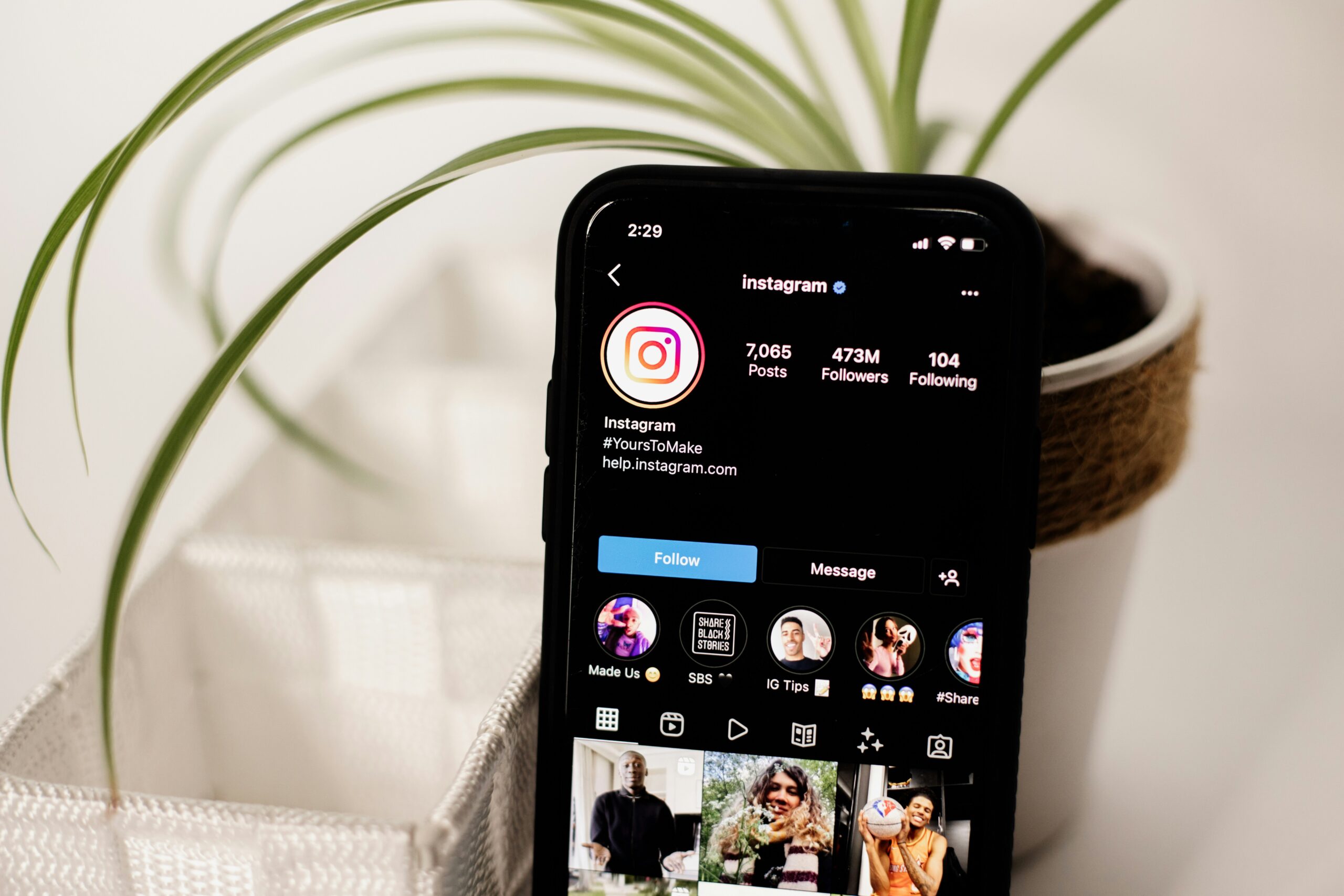No products in the cart.
The Influencer Economy: Understanding the Business Side of Influencing
The Influencer Economy: Understanding the Business Side of Influencing
Welcome to the world of influencers, where social media stars have turned their passion into a lucrative business. In this blog post, we will delve into the business side of influencing, exploring influencer marketing trends, brand collaborations, influencer payment structures, and legal considerations. Whether you’re an aspiring influencer or a business looking to partner with influencers, this guide will provide valuable insights into the influencer economy.
In recent years, the influencer economy has experienced exponential growth. With the rise of social media platforms such as Instagram, YouTube, and TikTok, individuals with a knack for creating engaging content have gained massive followings and, in turn, attracted the attention of brands and marketers. These influencers, with their ability to connect with a specific target audience, have become powerful marketing tools for businesses across various industries.
One of the key aspects of the influencer economy is influencer marketing. Influencer marketing involves businesses partnering with influencers to promote their products or services to their followers. This form of marketing has proven to be highly effective, as influencers have built a level of trust and credibility with their audience, making their recommendations and endorsements more impactful.
Brand collaborations are a common practice in the influencer economy. Influencers often collaborate with brands to create sponsored content that aligns with their personal brand and resonates with their audience. These collaborations can take various forms, including sponsored posts, product reviews, giveaways, and even long-term brand ambassadorships. Successful brand collaborations not only benefit the influencer by providing them with compensation but also help the brand reach a wider audience and increase brand awareness.
When it comes to influencer payment structures, there are several models that businesses and influencers can consider. One common approach is a flat fee, where the influencer receives a predetermined amount for their work. Another option is a commission-based structure, where the influencer receives a percentage of the sales generated through their promotion. Additionally, some influencers may opt for a combination of both, receiving a base fee along with a commission. The payment structure will depend on various factors, including the influencer’s reach, engagement rate, and the scope of the collaboration.
As the influencer economy continues to evolve, there are also legal considerations that both influencers and businesses need to be aware of. Disclosure requirements, for example, have become increasingly important to ensure transparency in influencer marketing. Influencers are often required to disclose their partnerships with brands, either through hashtags such as #ad or #sponsored or through explicit statements in their captions or videos. Additionally, there may be specific rules and regulations regarding the promotion of certain products, such as alcohol or pharmaceuticals, which influencers must adhere to.
In conclusion, the influencer economy is a dynamic and thriving industry that offers opportunities for both influencers and businesses. Understanding the business side of influencing is crucial for aspiring influencers looking to monetize their passion and for businesses seeking to leverage the power of influencer marketing. By staying informed about influencer marketing trends, navigating brand collaborations and payment structures, and ensuring compliance with legal requirements, individuals and businesses can harness the full potential of the influencer economy.
Influencer Marketing Trends
Influencer marketing has become a powerful tool for brands to reach their target audience. As a result, the influencer economy has experienced significant growth in recent years. Let’s take a look at some of the latest trends shaping the industry:
1. Micro-Influencers on the Rise
Gone are the days when only mega-celebrities could become influencers. Today, micro-influencers with a smaller but highly engaged following are gaining popularity. These influencers often have a niche focus and can connect with their audience on a more personal level. Businesses are recognizing the value of working with micro-influencers to reach a highly targeted audience.
2. Authenticity is Key
Authenticity has become a buzzword in the influencer world, and for good reason. Audiences are becoming increasingly savvy and can spot inauthentic content from a mile away. Influencers who maintain genuine relationships with their followers and create authentic content are more likely to succeed in the long run.
3. Video Content Dominates
Video content has taken over social media platforms, and influencers are leveraging this trend to connect with their audience. Whether it’s through YouTube, Instagram Reels, or TikTok, video content allows influencers to showcase their personality and engage with their followers in a more dynamic way.
4. Influencer Collaborations
In addition to working with brands, influencers are increasingly collaborating with each other to create unique and engaging content. These collaborations can take the form of joint videos, sponsored posts, or even co-hosting events. By joining forces, influencers can tap into each other’s audiences and expand their reach.
Collaborations also allow influencers to bring a fresh perspective to their content and offer their audience something new and exciting. It’s a win-win situation for both the influencers involved and the brands they work with.
5. Long-Term Partnerships
While one-off sponsored posts are still common, long-term partnerships between influencers and brands are becoming more prevalent. These partnerships allow influencers to establish a deeper connection with a brand and its audience, resulting in more authentic and impactful content.
Long-term partnerships also benefit brands by providing a consistent presence and message across multiple platforms. It allows them to build brand loyalty and trust with their target audience, ultimately leading to increased sales and brand awareness.
Overall, the influencer marketing landscape is constantly evolving, and staying on top of the latest trends is crucial for brands and influencers alike. By embracing these trends and adapting their strategies, businesses can effectively leverage the power of influencer marketing to achieve their marketing goals.
Brand Collaborations
One of the primary ways influencers monetize their online presence is through brand collaborations. These partnerships can take various forms, including sponsored content, brand ambassadorships, and affiliate marketing. Let’s explore each of these collaboration models:
1. Sponsored Content
Sponsored content is when influencers partner with brands to promote their products or services. This can take the form of a dedicated post, a series of social media stories, or even a video review. The key here is for the influencer to maintain transparency and disclose the partnership to their audience.
In sponsored content collaborations, influencers often work closely with the brand to create engaging and authentic content that aligns with their personal brand and resonates with their audience. This can involve showcasing the brand’s products in a creative way, sharing personal experiences with the brand’s offerings, or highlighting the brand’s values and mission.
Brands value sponsored content collaborations as they provide a direct way to reach the influencer’s engaged audience and tap into their influence and credibility. These collaborations can also help brands increase brand awareness, generate leads, and drive sales.
2. Brand Ambassadorships
Brand ambassadorships involve a longer-term partnership between an influencer and a brand. The influencer becomes the face of the brand, representing them in various campaigns and promotions. This type of collaboration often includes exclusive perks and benefits for the influencer.
As brand ambassadors, influencers have a deeper connection with the brand and its products or services. They often participate in product development, provide feedback, and act as brand advocates. This level of involvement allows influencers to establish a stronger bond with their audience and build trust and loyalty.
Brand ambassadorships are beneficial for both influencers and brands. Influencers receive ongoing support, resources, and exposure from the brand, while brands benefit from the influencer’s authentic endorsement and extended reach to their target audience.
3. Affiliate Marketing
Affiliate marketing allows influencers to earn a commission for every sale generated through their unique affiliate link. This model is particularly popular in the beauty, fashion, and lifestyle niches. By recommending products they genuinely love, influencers can earn passive income while providing value to their audience.
In affiliate marketing collaborations, influencers often create content that showcases the brand’s products or services and includes their affiliate link. They may provide honest reviews, styling tips, or tutorials to demonstrate the value and benefits of the products. Influencers also leverage their social media platforms, blogs, and email lists to promote the affiliate links and drive traffic to the brand’s website.
Brands appreciate affiliate marketing collaborations as they only pay a commission when a sale is made, making it a cost-effective marketing strategy. Additionally, influencers’ authentic recommendations and personal experiences with the products can significantly impact their audience’s purchasing decisions.
Overall, brand collaborations provide a win-win situation for influencers and brands. Influencers have the opportunity to monetize their online presence while maintaining authenticity and providing valuable content to their audience. Brands, on the other hand, gain access to a highly engaged and targeted audience, increasing their brand visibility and driving sales.
4. Product Exchange
Another common payment structure for influencers is a product exchange. Instead of receiving monetary compensation, influencers are provided with free products or services in exchange for promoting the brand. This arrangement is often seen in the beauty, fashion, and lifestyle industries, where influencers can showcase the products to their audience through reviews, tutorials, or sponsored posts.
5. Cost per Acquisition (CPA)
Cost per Acquisition (CPA) is a performance-based payment structure where influencers earn a commission for every customer they bring to the brand. This model is commonly used in influencer marketing campaigns that aim to drive direct sales. The influencer’s compensation is tied directly to the number of conversions they generate, incentivizing them to create engaging and persuasive content that encourages their followers to make a purchase.
6. Hybrid Models
In some cases, brands may opt for a hybrid payment structure that combines different methods of compensation. For example, an influencer may receive a flat fee for creating sponsored content and an additional commission based on the number of sales they drive. This approach allows brands to incentivize influencers to create high-quality content while also rewarding them for their impact on the brand’s bottom line.
It’s important for brands to carefully consider their budget, goals, and the influencer’s value when determining the appropriate payment structure. Open and transparent communication between the brand and the influencer is crucial to ensure that both parties are satisfied with the arrangement and that the collaboration is mutually beneficial.
4. Privacy and Data Protection
Privacy and data protection are important considerations in influencer marketing. Influencers should be mindful of collecting and handling personal data in compliance with relevant privacy laws. They should obtain consent from individuals before collecting their data and ensure that it is stored securely.
Additionally, influencers should be transparent about how they use personal data and provide individuals with the option to opt out of any data collection or processing activities. This includes being clear about any third-party analytics or tracking tools used on their platforms.
5. Endorsement and Testimonial Guidelines
When promoting products or services, influencers should be aware of endorsement and testimonial guidelines. These guidelines require influencers to provide truthful and accurate information about the products or services they are endorsing.
Influencers should only endorse products or services that they genuinely believe in and have personally used. They should also disclose any material connections they have with the brand, such as receiving free products or being paid for the endorsement.
6. Contractual Agreements
It is important for influencers to have clear contractual agreements with brands to protect their rights and ensure fair compensation. These agreements should outline the scope of work, deliverables, payment terms, and any exclusivity or non-compete clauses.
Influencers should carefully review and negotiate these agreements to ensure they align with their brand and values. They should also seek legal advice if needed to fully understand the terms and implications of the contract.
By considering these legal aspects, influencers and brands can establish a strong foundation for their partnerships and build trust with their audience. It is crucial to stay updated on any changes in the legal landscape to ensure compliance and mitigate any potential risks.














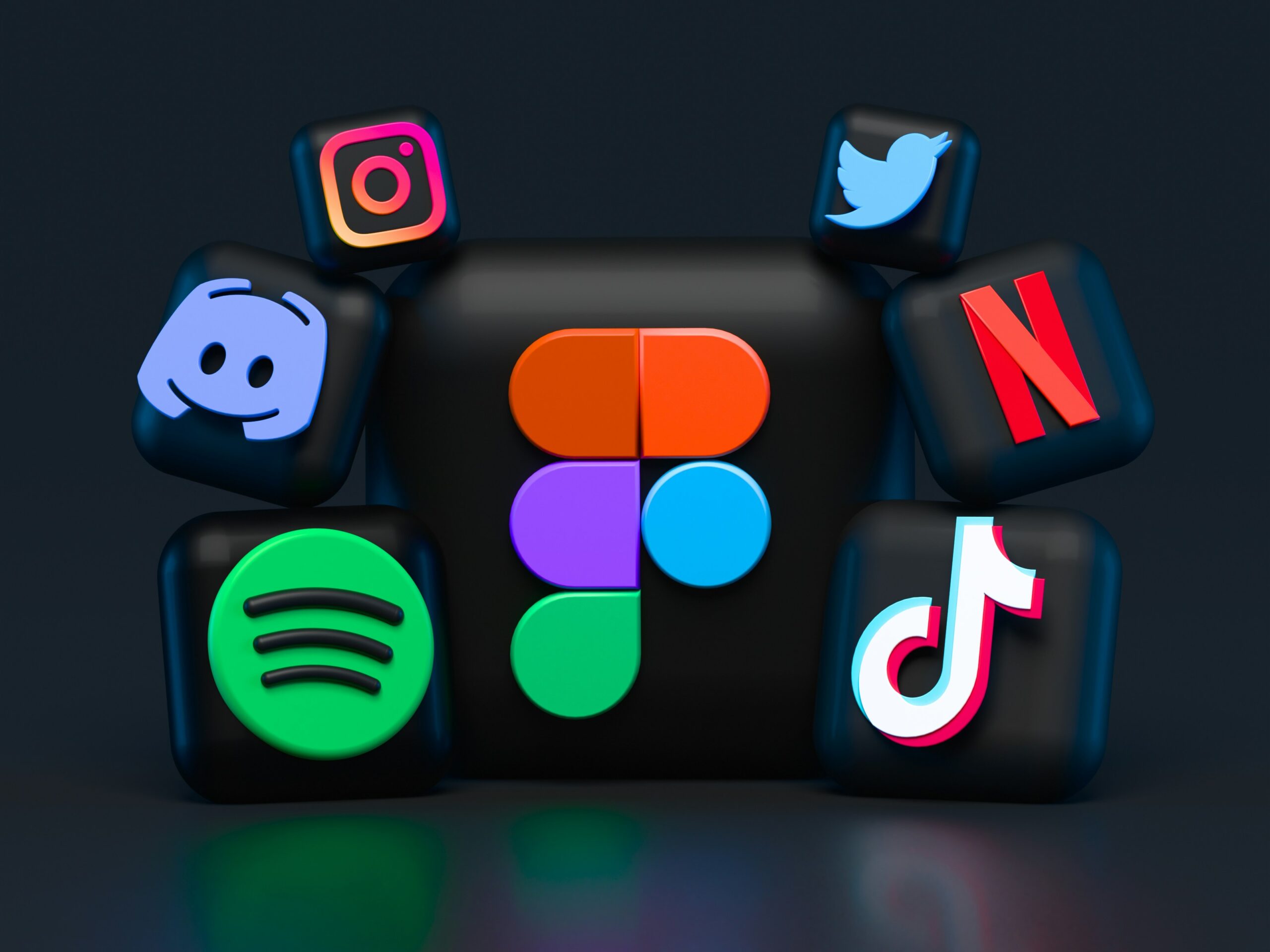







![A Comprehensive Review of [Course/Product/Experience Name] 22 man in gray shirt sitting on black chair](https://theamericansidehustle.net/wp-content/uploads/2025/03/man-in-gray-shirt-sitting-on-black-chair-1-scaled.jpg)


